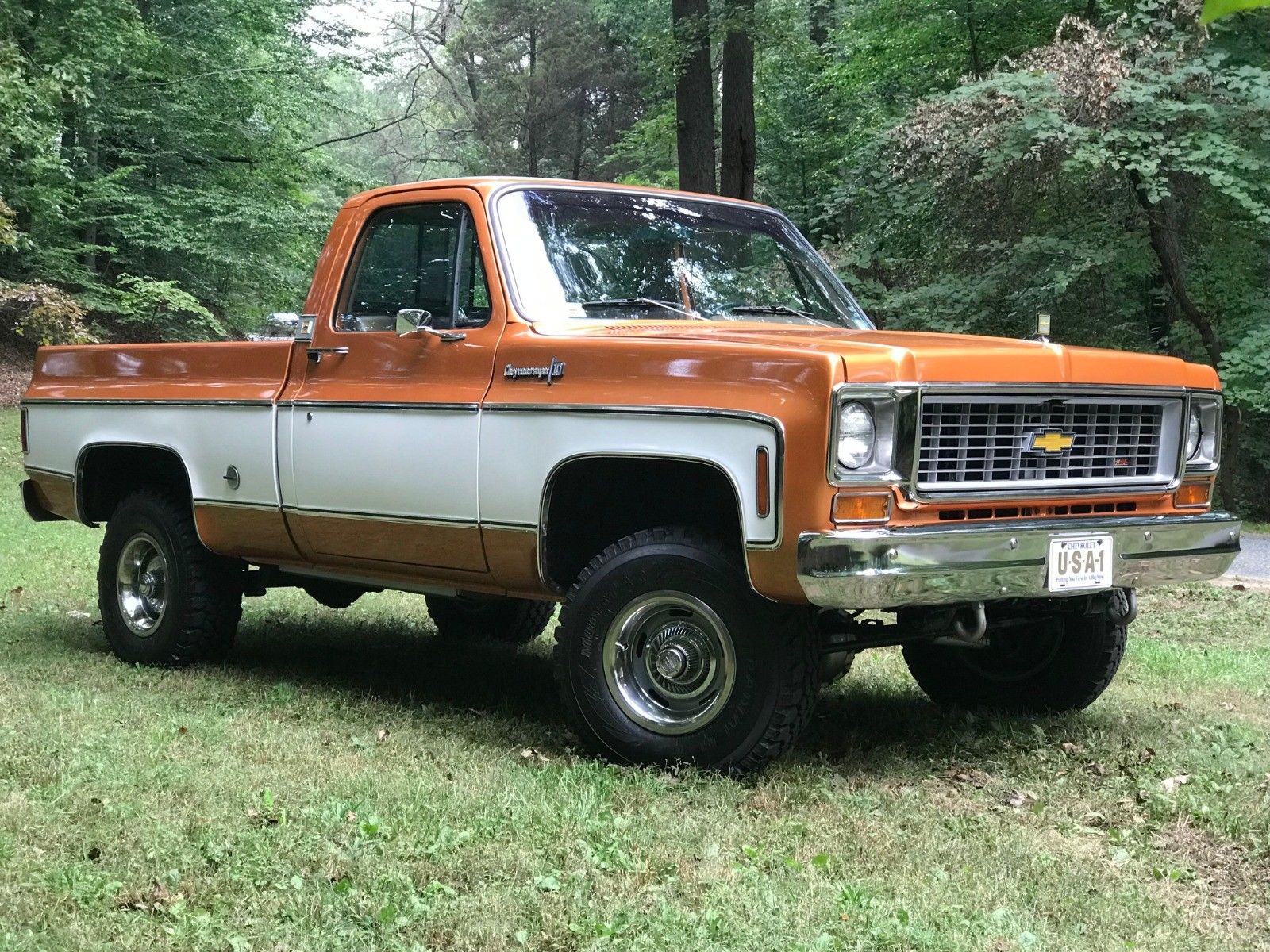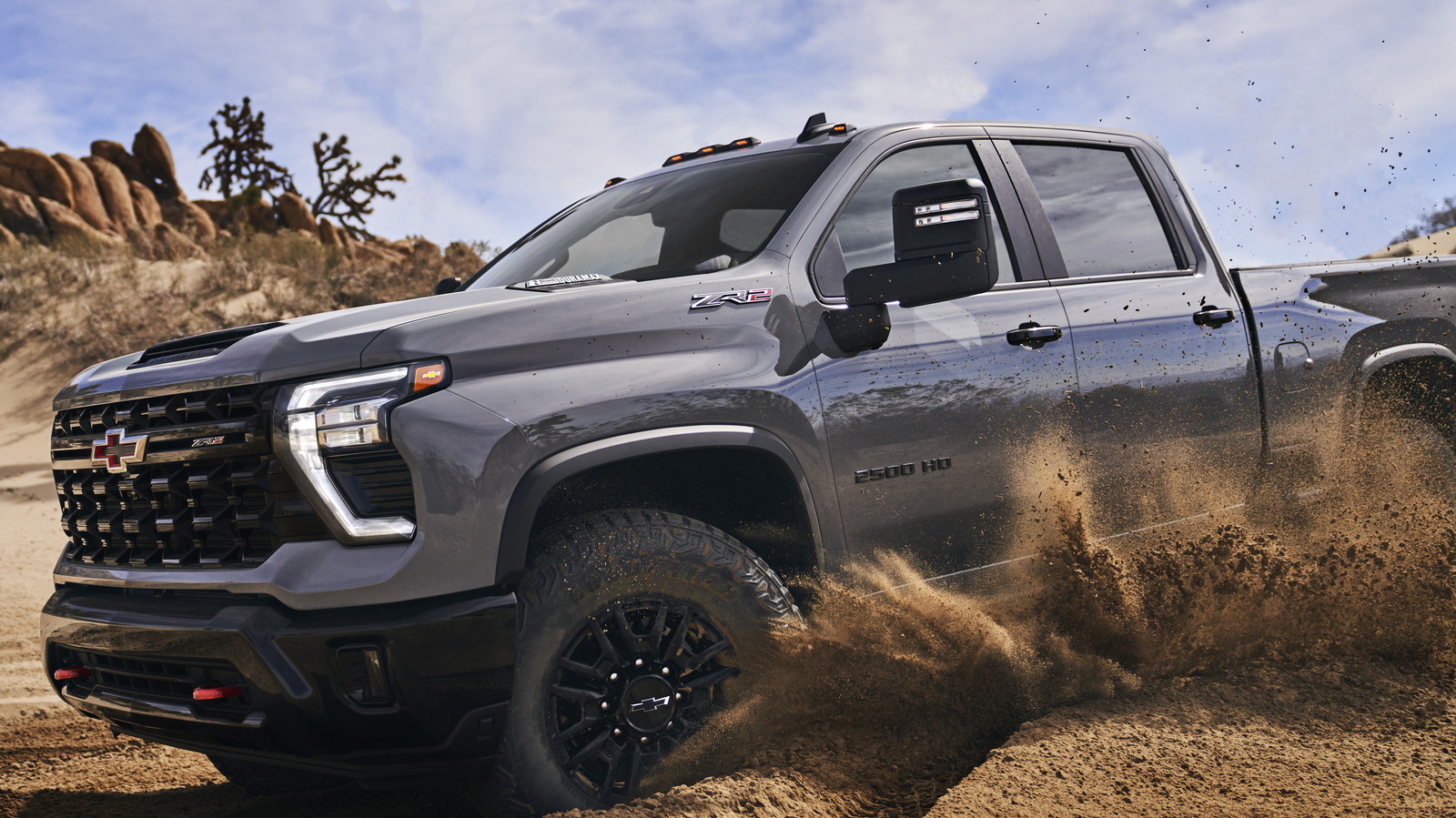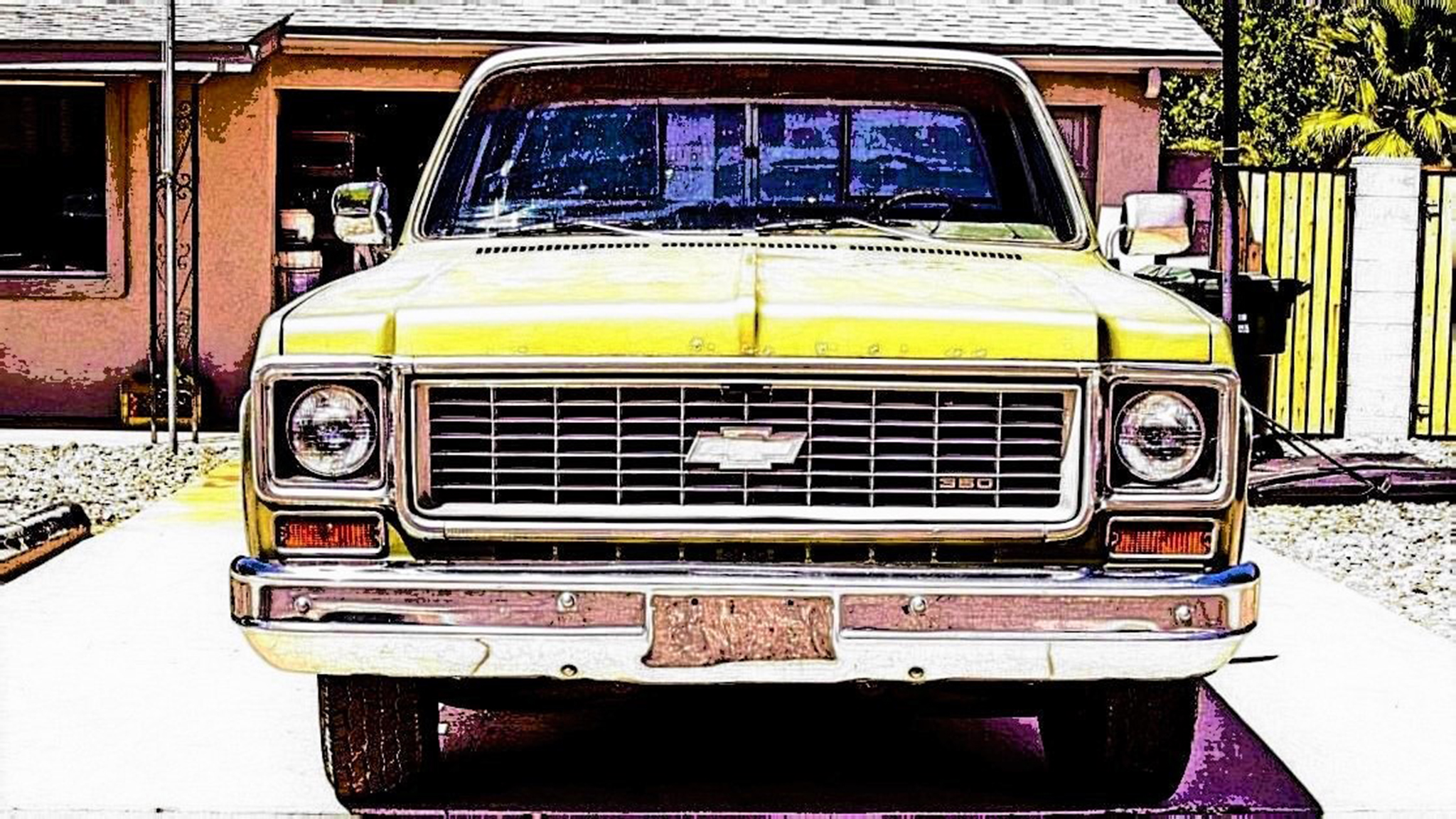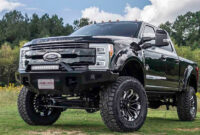1973 Chevy Trucks For Sale: A Guide to Owning a Squarebody Legend sale.truckstrend.com
The year 1973 marked a pivotal moment in automotive history, particularly for truck enthusiasts. It was the birth year of Chevrolet’s iconic "Squarebody" C/K series, a design that would define American pickups for the next 15 years. For those seeking a blend of classic American styling, robust utility, and a burgeoning collector’s market, a 1973 Chevy truck for sale represents more than just a vehicle; it’s a piece of rolling history, a canvas for customization, or a dependable workhorse reimagined. This comprehensive guide will delve into what makes these trucks so desirable and what to consider when embarking on your search.
The Dawn of the Squarebody: Why 1973 Stands Out
1973 Chevy Trucks For Sale: A Guide to Owning a Squarebody Legend
The 1973 C/K pickup truck introduced a revolutionary design for General Motors. Moving away from the rounded lines of the previous generation, the "Squarebody" featured a more angular, modern, and practical aesthetic. This redesign wasn’t just skin deep; it brought significant improvements in comfort, safety, and functionality.
Key features introduced in 1973 included:
- Larger Cabs: Offering more passenger room, improved visibility, and enhanced sound deadening.
- Integrated HVAC: Air conditioning and heating systems were better integrated into the dashboard.
- Full-Time 4WD: Available for the first time on K-series models, improving off-road capability and on-road traction.
- Updated Engine Lineup: While some engines carried over, the lineup was refined to offer a good balance of power and efficiency for the era.
- Improved Ride Quality: A revised suspension system aimed to provide a smoother, more car-like ride without sacrificing payload capacity.

For these reasons, the 1973 model year holds a special place. It’s the "first year" of a beloved generation, often commanding a premium among collectors due to its originality and the distinction of being the inaugural model. Its blend of classic appeal and modern (for the time) utility makes it highly sought after today, whether for restoration, a daily driver, or a custom build.
What to Look For: Key Models and Configurations
When searching for a 1973 Chevy truck, understanding the various models and configurations is crucial. These distinctions directly impact value, utility, and parts availability.
- Series Designations:
- C-Series: Two-wheel drive (2WD) models.
- K-Series: Four-wheel drive (4WD) models.
- Weight Classes (Payload):
- 10 (e.g., C10, K10): Half-ton, light-duty, most common, and often the most desirable for enthusiasts due to their smoother ride and sportier potential.
- 20 (e.g., C20, K20): Three-quarter-ton, medium-duty, higher payload capacity, often used for heavier work.
- 30 (e.g., C30, K30): One-ton, heavy-duty, maximum payload, often dually (dual rear wheels) and used for serious hauling.
- Cab Styles:
- Regular Cab: The most common, two-door single row seating.
- Crew Cab: Rare and highly sought after, offering four doors and two rows of seating. These were often special orders or aftermarket conversions initially, but factory options became more prevalent later in the Squarebody run.
- Bed Lengths:
- Short Box (Short Bed): Typically 6.5 feet, more desirable for aesthetics and maneuverability, especially on C10s.
- Long Box (Long Bed): Typically 8 feet, offers maximum cargo capacity, often found on C20/K20 and C30 models.
- Trim Levels:
- Custom Deluxe: Base model, durable and practical.
- Cheyenne: Mid-range, offering more comfort and trim.
- Scottsdale: (Introduced later in the generation, but 1973 had similar options for luxury) Higher-end trim with amenities like chrome accents, upgraded interiors, and more options.
- Engine Options:
- Inline-6: 250 cubic inch (cid) and 292 cid – known for their reliability and torque.
- Small Block V8: 307 cid and 350 cid – the 350 is arguably the most common and versatile, with vast aftermarket support.
- Big Block V8: 454 cid – offered in heavier-duty models, providing substantial power and torque.
- Transmission Options: Manual (3-speed, 4-speed) and Automatic (TH350, TH400).


Your ideal 1973 Chevy truck will depend on your intended use. A C10 short-bed with a 350 V8 is a popular choice for custom builds or cruisers, while a K20 long-bed might be preferred for off-road adventures or light work.
The Buyer’s Checklist: Essential Considerations Before Purchase
Buying a vintage truck is different from buying a new one. Thorough inspection and understanding common issues are paramount.
- Rust, Rust, Rust: This is the biggest enemy of a Squarebody. Inspect the following critical areas:
- Cab Corners and Rocker Panels: Extremely common rust spots due to water and dirt accumulation.
- Fenders: Especially the lower rear sections.
- Door Bottoms: Check for bubbling and holes.
- Bed Floor and Inner Fenders: Look under the bed mat if present.
- Frame: Inspect for excessive surface rust, but more critically, for deep pitting or structural rot, especially around suspension mounting points.
- Radiator Support: Prone to rust.
- Mechanical Condition:
- Engine: Listen for knocks, excessive smoke, or unusual noises. Check for fluid leaks. A compression test is highly recommended.
- Transmission: Ensure smooth shifts (manual or automatic), no slipping, and proper engagement.
- Brakes: Check pedal feel, fluid leaks, and overall stopping power.
- Steering & Suspension: Look for excessive play in the steering wheel, worn ball joints, tie rods, and sagging springs.
- Differentials/Axles: Listen for humming or clunking noises.
- Tires: Check for wear, age, and proper size.
- Electrical System: Old wiring can be problematic. Test all lights (headlights, tail lights, turn signals, brake lights), wipers, horn, gauges, radio, and any power accessories.
- Interior Condition: Assess the dashboard (prone to cracking), seat upholstery, headliner, door panels, and floor mat/carpet. While replaceable, these add to restoration costs.
- Documentation: A clear title is non-negotiable. Look for service records or receipts for previous work. This provides insight into the truck’s history and maintenance.
- Originality vs. Modified: Decide if you want a numbers-matching, factory-original truck (often more valuable to collectors) or one that has been modified (engine swaps, suspension lifts, custom paint). Both have their appeal, but knowing your preference will guide your search and affect pricing.
Where to Find Your 1973 Chevy Truck
The market for classic trucks is vibrant, offering several avenues for finding your next project or pride and joy:
- Online Marketplaces: Websites like eBay Motors, Craigslist, Facebook Marketplace, and dedicated classic car sites (e.g., Hemmings, ClassicCars.com) are excellent starting points. Use specific search terms like "1973 C10 for sale" or "Squarebody pickup."
- Classic Car Dealerships: Many dealerships specialize in vintage vehicles and may have restored or well-maintained examples, often at a higher price point but with more vetting.
- Auctions: Major automotive auctions (Mecum, Barrett-Jackson) occasionally feature high-end, professionally restored 1973 Chevy trucks. Local auctions can also yield good finds, but require quick decision-making.
- Specialized Forums and Clubs: Online forums and local classic truck clubs are fantastic resources. Members often sell their vehicles, and you can get valuable advice and insights.
- Word of Mouth: Sometimes, the best deals are found through friends, family, or local mechanics who know of a truck sitting in a barn or garage.
Restoration vs. Driver: Navigating Your Purchase
Your budget and mechanical aptitude will heavily influence whether you opt for a fully restored truck, a "driver" quality vehicle, or a project in need of extensive work.
- Fully Restored: These trucks are often in "show" condition, meticulously brought back to original specifications or customized to a high standard. They command the highest prices but offer immediate enjoyment with minimal work.
- "Driver" Quality: These trucks are roadworthy and presentable but may have minor imperfections, some rust, or need routine maintenance. They are great for enjoying immediately and can be improved over time.
- Project/Parts Truck: These are typically non-running, heavily rusted, or incomplete vehicles. They are the least expensive but require significant investment in time, money, and expertise. Only pursue these if you have the resources and a clear vision.
Remember, a "cheap" truck can quickly become very expensive if it requires extensive rust repair or major mechanical overhaul. Factor in potential repair costs when setting your budget.
Tips for a Successful Purchase
- Set a Realistic Budget: Include not just the purchase price, but also transportation, insurance, initial maintenance, and any planned upgrades.
- Research Market Values: Look at recently sold similar trucks to get a sense of fair pricing based on condition, model, and location.
- Get a Pre-Purchase Inspection (PPI): If possible, have a qualified mechanic specializing in classic vehicles inspect the truck before you buy, especially if you’re traveling a long distance.
- Don’t Rush: The right truck will come along. Be patient and don’t feel pressured into a purchase.
- Negotiate: Most prices are negotiable, especially on private sales. Be polite but firm.
- Ask Questions: Don’t hesitate to ask the seller about the truck’s history, maintenance, any known issues, and why they are selling it.
Price Table: 1973 Chevy Trucks For Sale (Estimated Ranges)
Please note: Prices are highly variable and depend significantly on geographic location, originality, engine/transmission combination, trim level, and the seller’s urgency. This table provides broad estimates.
| Model / Trim (Example) | Condition: Project/Parts (Non-Running, Heavy Rust) | Condition: Driver (Roadworthy, Minor Flaws) | Condition: Good (Solid, Presentable, Needs TLC) | Condition: Excellent (Near Show Quality, Minor Flaws) | Condition: Concours (Show-Winning, Flawless) |
|---|---|---|---|---|---|
| C10 Short Bed (2WD) | $2,000 – $5,000 | $7,000 – $15,000 | $16,000 – $28,000 | $29,000 – $45,000 | $50,000+ |
| C10 Long Bed (2WD) | $1,500 – $4,000 | $6,000 – $12,000 | $13,000 – $22,000 | $23,000 – $35,000 | $40,000+ |
| K10 Short Bed (4WD) | $3,000 – $7,000 | $9,000 – $18,000 | $19,000 – $32,000 | $33,000 – $50,000 | $55,000+ |
| K10 Long Bed (4WD) | $2,500 – $6,000 | $8,000 – $16,000 | $17,000 – $28,000 | $29,000 – $45,000 | $50,000+ |
| C20/C30 (2WD) | $1,000 – $3,500 | $5,000 – $10,000 | $11,000 – $18,000 | $19,000 – $28,000 | $30,000+ |
| K20/K30 (4WD) | $2,000 – $5,000 | $7,000 – $14,000 | $15,000 – $25,000 | $26,000 – $38,000 | $40,000+ |
| Crew Cab (Rare) | $4,000 – $10,000+ | $12,000 – $25,000+ | $26,000 – $40,000+ | $41,000 – $60,000+ | $65,000+ |
Note: Trucks with desirable options (e.g., factory A/C, tilt steering, specific engine/transmission combos, rare colors) or unique history may fetch higher prices.
Frequently Asked Questions (FAQ)
Q: Are 1973 Chevy trucks reliable?
A: Generally, yes. Their mechanical simplicity makes them robust and relatively easy to maintain. However, like any vehicle approaching 50 years old, regular maintenance and addressing wear-and-tear items are crucial.
Q: What’s the difference between C and K series?
A: C-series trucks are two-wheel drive (2WD), while K-series trucks are four-wheel drive (4WD).
Q: What are the most common rust spots on a 1973 Chevy truck?
A: The most common areas are cab corners, rocker panels, lower fenders, door bottoms, bed floors, and radiator supports. Always check the frame for structural integrity as well.
Q: Are parts readily available for 1973 Chevy trucks?
A: Yes, parts availability is excellent. Due to the popularity and long production run of the Squarebody generation (1973-1987), reproduction panels, mechanical components, and interior parts are widely available from numerous aftermarket suppliers. Junkyards can also be a source for original parts.
Q: What engine options were available in 1973?
A: Common engine options included the 250 ci and 292 ci inline-sixes, and V8s like the 307 ci, 350 ci, and 454 ci. The 350 V8 is the most popular due to its balance of power, efficiency, and vast aftermarket support.
Q: How much does it cost to restore a 1973 Chevy truck?
A: Restoration costs vary wildly depending on the truck’s starting condition, the desired level of finish (driver vs. show), and whether you do the work yourself or hire professionals. A full, professional, frame-off restoration can easily cost $30,000 to $60,000+, sometimes more, often exceeding the final market value of the truck. A budget-friendly refresh might be $5,000-$15,000.
Q: Can a 1973 Chevy truck be used as a daily driver?
A: Absolutely! Many people use them as daily drivers. However, you might want to consider upgrades for modern comfort and safety, such as disc brakes (if not already equipped), power steering, air conditioning, and potentially a more modern engine/transmission for better fuel economy and reliability.
Conclusion
The 1973 Chevy truck, the inaugural model of the beloved Squarebody generation, offers a unique blend of classic appeal, rugged utility, and a growing appreciation in the collector market. Whether you’re seeking a nostalgic workhorse, a platform for a custom build, or a piece of automotive history to cherish, these trucks deliver. By understanding the various models, knowing what to look for during inspection, and setting a realistic budget, you can navigate the market effectively. Owning a 1973 Chevy truck is more than just a purchase; it’s an investment in a timeless design and a rewarding experience that connects you to an iconic era of American motoring. Happy hunting!




